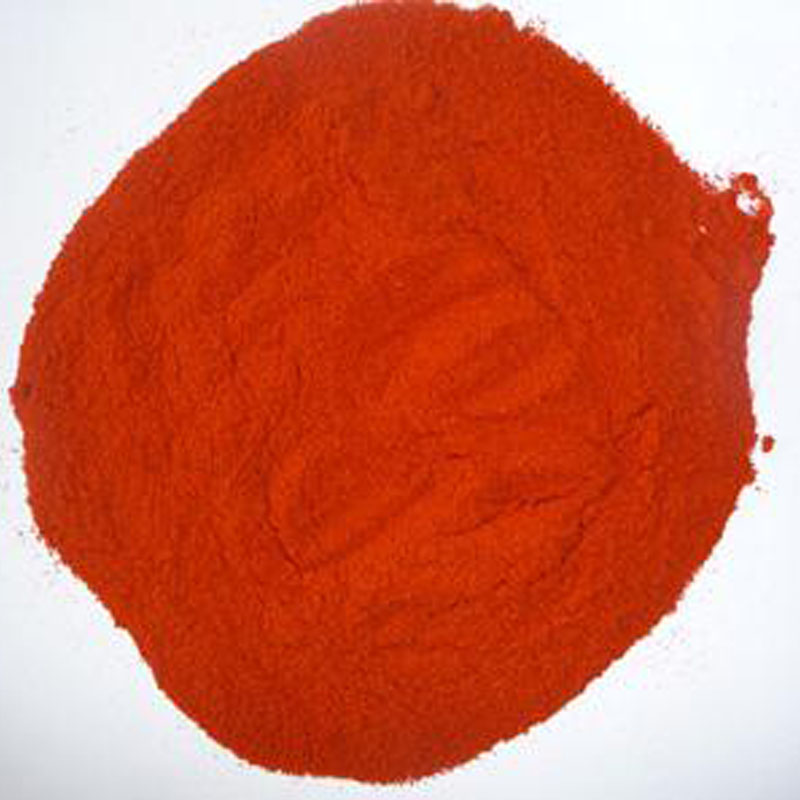- No. 268 Xianghe Street, Economic Development Zone of Xingtai city, Hebei 054001 China
- Byron@hbhongri.cn
paprika spice
The World of Paprika Spice A Flavorful Journey
Paprika is more than just a vibrant red spice commonly found in kitchens; it is a blend of history, culture, and culinary artistry. Originating from the Capsicum annuum plant, paprika is made from grinding dried peppers, and its flavors can range from sweet to smoky to hot, depending on the type of pepper used. This versatile spice has transcended its humble beginnings to become a beloved ingredient in cuisines around the globe, with a deep connection to various cultures.
A Brief History of Paprika
The journey of paprika began in the Americas, where indigenous peoples cultivated various types of peppers for their culinary and medicinal properties. When Christopher Columbus embarked on his voyages in the late 15th century, he brought these peppers back to Europe, introducing a new world of flavor to the Old World. Initially, these peppers were used primarily for their vibrant color, but over time, various regions began to realize their potential as a spice.
Hungary and Spain stand out as the two primary countries known for their rich paprika traditions. Hungarian paprika, often regarded as the gold standard, is produced from peppers grown in the country's fertile soil. The rich climate and unique growing techniques yield a wide range of paprika types, from the sweet and mild to the fiery hot. The Hungarians have mastered the art of making paprika an essential part of their national cuisine, with dishes like goulash showcasing the spice's robust flavor and color.
In Spain, particularly in regions like La Vera, paprika takes on a unique smoky flavor due to traditional drying methods using oak wood. This smoked paprika, known as pimentón, is a staple in many Spanish dishes, lending an earthy depth to creations like chorizo and paella. Each country has adapted the spice to suit its culinary needs, creating distinct varieties that contribute to the rich tapestry of global cuisine.
Culinary Uses of Paprika
paprika spice

Paprika is a multifaceted spice that can enhance both flavor and presentation. In Hungarian cuisine, it is used generously in stews, soups, and meat dishes. The sweetness of the Hungarian variety complements hearty ingredients, while the bright red color makes dishes visually appealing. The spice is often the star of the show in traditional dishes, providing not just flavor but also that coveted pop of color.
In Spanish cooking, pimentón is a key ingredient in tapas and other small plates. It imparts a unique smokiness to dishes, elevating flavors and providing a connection to the country’s agricultural roots. Whether sprinkled on roasted vegetables, incorporated into sauces, or paired with meats, smoked paprika adds a distinct character that is instantly recognizable.
Beyond these two culinary giants, paprika is a common element in many international cuisines. It finds its way into Middle Eastern dishes, such as hummus and shawarma, providing warmth and a hint of sweetness. It also plays a role in various spice blends, from curry powders to barbecue rubs, showcasing its adaptability.
Health Benefits of Paprika
In addition to its culinary merits, paprika boasts several health benefits. It is rich in antioxidants, vitamins, and minerals. Capsaicin, the compound that gives peppers their heat, has been linked to various health benefits, including improved metabolism and reduced inflammation. Vitamin A, a significant component of paprika, is essential for maintaining healthy vision and skin. Thus, incorporating paprika into your diet can add both flavor and nutritional value.
Conclusion
Paprika is far more than a simple spice; it tells a story of migration, adaptation, and culinary creativity. From the fields of Hungary to the sun-soaked regions of Spain, paprika has evolved into a cherished ingredient that bridges cultures and traditions. Its versatile flavors allow it to shine in countless dishes, making it a staple in kitchens worldwide. Whether you prefer it sweet, smoky, or hot, paprika invites you to explore its rich history and the multitude of ways it can enhance your cooking. So, the next time you reach for that jar of paprika, remember that you’re not just adding spice; you’re participating in a global tradition that has enriched the world of food for centuries.







